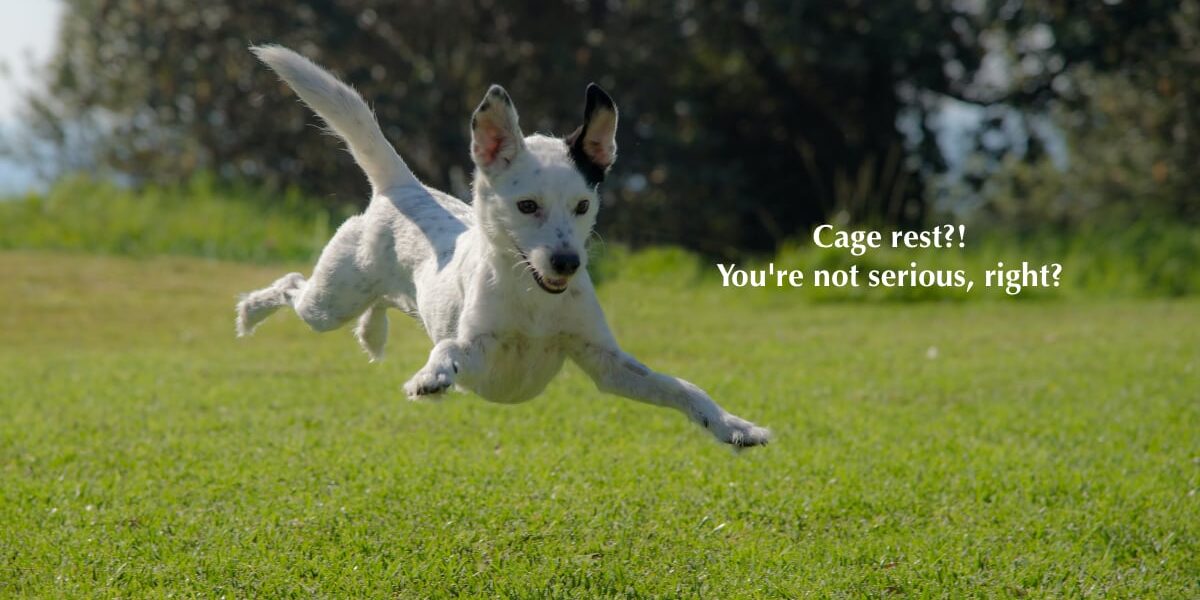Local Food, Seasons, and Innate Intelligence
Seasons Affect Appetites, Local Food & Choices
Maybe you’ve experienced this: Winter’s coming, and salads and cold foods like ice cream or cucumbers have really lost their appeal. And the local food available at the farmer’s market shifts.
As the days get shorter and cooler, I start craving more dense foods, like almond butter, fresh roasted peanuts, and melted cheese.
It sure seems there’s an innate intelligence at work in seasonal cravings and aversions. And what grows near you might just be the smartest food to choose for you and your pets, season by season.
Ayurved and TCM: Ancient News
None of this is news if you study traditional medicine systems, of course. Ayurved (yep, no “a” on the end unless it flows that way in Hindi conversation), speaks to this.
Ayurved is probably the original system of medicine from the ageless Ved, the divine teachings on how to live a proper life and make best use of this rarest of gifts, the human body. Like TCM (traditional Chinese medicine), it speaks to the energetics of food, what to eat when, etc.
Even in modern days, the understanding is there in the average Indian household that, although white radish (“mooli”) is now all over the markets and is good for health, one doesn’t eat it except at mid-day meals.
It’s “too cold” for evening dinner when the sun is low and the “fire of digestion” follows suit.
Cucumbers are similar: on the market, but no longer a good awakening food or dinner food. Stick to the heat of the mid-day sun if you’re going to eat these as Winter is making itself more apparent now.
As much as I love the yogurt I make from my local neighbor’s cow, I can feel its coolness is about to push it off my diet till it warms up again in Spring.
Local food with seasonal rules.
Do Animals Intuitively Know This Stuff?
You’d think so, right? Remember when the tsunami hit several years ago and the humans only knew it when they saw that wall of water bearing down on them?
The animals knew well before that, and, if they were free, headed for the hills. If they weren’t free, they got restless, bothered, and worried.
I sent an email out to those who subscribe to my stuff, my Vital Animal Pack members, and asked for some examples, if food and seasonal changes affected animals in their care.
Crowdsourcing. Who knew that was so cool? Here’s a few responders:
Brrr, It’s Cold in Finland!
I am Tiina Nordström from Finland and our dog is a crossbred 6-year old male…
At the moment warm dishes like vegetable soups and porridges – like oatmeal -(in the morning) and dishes made in the oven are the best choice to eat. It is rainy and snowy and quite cold, between +5 to – 5 at the moment in Southern Finland where we live…Sorry I cannot think of any animal slant … except maybe the fact that our dog loves to eat what we eat… and sometimes it does :- ) like vegetable soup… otherwise we barf-feed him more or less…1
You do share your healthy food with your dog, right?
All the vet schooling I had taught me (insert wagging finger here) how only “irresponsible” people did that. Ha!
You think Tiina’s dog is better off or worse for getting some shares of her lovely veggie soup or oven-baked Winter fare?
I know you’re with me on this. And my guess is that the BARF diet, especially if offered at chilled or room temp, is a bit less appealing than that hot soup about now!
Horses? Yep, We Get It
Horses know grazing is the best. Makes sense, right? That’s their ancestry. Marty sees it skew a bit in Winter:
In the winter, (not so much in Texas) I do crave the raw fat more – as well as hot teas with ginger root- hot soup ideas laced with fabulous herbs for flavoring! Love the hot spices- curry- turmeric- for the natural warmth! …love making bone broth- adding various vegetables… to the organic broth (natural collagen) when it’s really cold outside!
I have pastured horses with plenty of grazing opportunity. Observing them, they prefer to graze!
When it gets chilly, they crave more carbs! 2
A TCM Colleague’s Views
Dr. Ruth Roberts uses food to heal her patients, using the principles of Traditional Chinese Medicine. I asked her about food changes going into Winter.
As cooler weather comes, the crops available to us at a farmer’s market start to change, orange squashes, root crops like beets, turnips, and Dark leafy greens start to arrive. Cooler weather asks for more warming and nutrient dense foods to help take us through the winter. Our dogs need that deeper nutrition, too.
Traditional Chinese Medicine tells us we need to change our foods with the seasons, and Winter requires warming foods, easy to digest stews, soups, and nutrient dense foods, like the veggies above. I think our dogs feel that season change with us, so it’s important to help them “eat with the season” by using what’s available locally.4
Simple, right? Make use of the local food available. They appear because they’re appropriate to the season.
Japanese Cats: Tangerines??
Michelle is living in Japan these days and describes a lovely Winter scene:
… at this time of year mikan tangerines are in season. They really are the perfect fruit to eat when the air is so dry and your throat gets parched. The vitamins probably also help with immunity in this cold/flu season too. The cozy winter image of people sitting under kotastsu heated tables while eating mikan is a common one. 3
Had to laugh at this pic, but I’ll bet it’s only Michelle (and the other humans) enjoying the tangerines. Cats and heated tables, though? Match made in heaven!
How About Them Wolves, Eh?
More on the habits of the domestic ones coming, but let’s frame this against what the wolf does in cold weather. Always a good example for their close dog relatives.
Wolf predation on ungulates varies seasonally. It is highest during mid to late winter when animals are suffering from poor nutrition and the snow is deep, making them easier to kill. It is also quite high in early summer when prey animals have their young, as wolves prey heavily on vulnerable young. 5
Wolves take advantage of difficult situations for prey. Seasons affect this. Makes sense, doesn’t it?
Dogs, Living the Good Life
Ellen, a past client in Seattle, has studied a bit of TCM and foods:
I try to rotate some of the more extreme hot and cold proteins (as deemed by Chinese medicine) in Maverick’s raw diet seasonally. For example, I feed more moderate-temp proteins, like beef and turkey, year-round, but give hotter proteins like venison and elk only in the winter and colder ones like rabbit only in summer. I’ve done this for a few years and it seems to me that Maverick has begun to tell me when to switch from one to the other. He’ll usually start refusing hot proteins when the weather warms up and cold ones when it cools in the fall. 6
And Kathleen of The Balanced Dog in Christchurch, NZ actually consults on this by Skype!
I practice TCM food therapy. So my approach to diet is to decide what type of dog I am dealing with, review traditional veterinary records for health problems (itchy dog syndrome is a big one – and I know your views on Apoquel and share them!), and then match food ingredients with the dog’s constitution. Nature has a way of providing, and so there are usually ingredients that can be found for all dogs regardless of their condition and the season we are living in. Human preferences for food change with the season – so too with our dogs! 7
Them Ontario Minerals, Eh?
These next two gave me pause!
Annalisa says all her dogs do this, and I guess if they haven’t had abdominal surgery yet, they’ve figured out how to make it work! Here’s a slant on “local food in season” I’d never have suspected!
Greetings from Ontario Canada where it is snowing and blowing!
Bark, crispy fall bark! After a frost or two the tree bark in this region seems extra tasty!! My male dog eats at least a pound of it daily while it is “in season,” perhaps in the search of an extra mineral or two before winter sets in?! Anyone know the mineral content of bark?? 8

And, Susan walks a giant dog who knows exactly what he needs, going into Winter in the Great White North:
This seems like as good as any vehicle to express my curiosity about the dogs eating mud. I am an Animal Massage Therapist & Healing Touch for Animals Practitioner. I live in Hamilton, Ontario Canada near Toronto. I walk dogs… off leash on the many trails around this area.
The one big guy, part Mastiff & St Bernard, will retrace his steps to find a patch of dirt &/or mud & just gobble to his heart’s content & will not be deterred. This began in earnest when the temperature began to drop. Sooooo, what is going on? Is it minerals? nutrients? he’s seeking to supplement what I suspect, is a kibble diet? This 150 pound pup will also seek out ragweed leaves.9
Looking for Resources?
Thanks to Kathy Schlenz of Virginia, here’s a state by state well researched treasure trove of the farmers that sell direct to consumer: meats, eggs, and dairy: Eat Wild!
Just added this to my Recommended Resources page. Thanks, Kathy!
Live where the deer are hunted by humans, instead of wolves? Boom! Get your wild meat and bones locally!
Venison, venison, venison. The deer hunters are out in force. We don’t hunt, but we do use anything on the deer the hunters (don’t) touch! It is illegal to sell hunted deer meat in TN, so we get it all – FREE- from the local, licensed deer processor. Things like organs, spines, legs, ribs, etc. It is WONDERFUL – organic, natural, rich and low in fat. It is fabulous for making sure the dogs get superb quality nutrition in the colder weather.10
What a hoot, this crowdsourcing! Thanks to all who responded, from all over the planet. You’ve helped us all get smarter about local food and seasonal changes with your experiences.
I couldn’t fit them all in, and if you missed your chance to reply to my query, the comments below await your additions.
Want to do this again? I sure do! Tell me what subjects you’d like to hear more about, from this amazing Vital Animal Pack. Because, well, that’s how a pack benefits its members.
- Tiina Nordström, December 17, 2017
- Marty Brusch, December 17, 2017
- Michelle J, December 17, 2017
- Ruth Roberts, DVM pers comm
- Hunting & Feeding Behavior | International Wolf Center, International Wolf Center, http://www.wolf.org/wolf-info/basic-wolf-info/biology-and-behavior/hunting-feeding-behavior/
- Ellen on protein rotation, December 17, 2017
- Kathleen at The Balanced Dog, December 17, 2017
- Annalisa in Ontario, December 17, 2017
- Susan Walker, Ontario, December 17, 2017
- Ericka Wojack, December 17, 2017





https://www.facebook.com/keith.johnston.3154284/posts/723827767823455
Yes our wolfhounds are raw fed! However from the video you can clearly see that they will eat spaghetti! My hounds eat raw ( BARF Diet); but one of their favorites is the fish dish, that’s aside from spaghetti. Atlantic salmon, tuna in olive oil, some kippers, apple cider vinegar, dill, and some mushy spinach in the dog dish 1 1/2 lbs 🙂 They walk on ice, prance in the snow, and they don’t care if its minus calen outside – their hot hounds. ( Vaudreuil-Dorion, QC, Canada)
I live in rural Alberta in the foothills of the Rocky Mtns. My 6 lb dogs eat mud and grass roots as long as the ground is still reasonable – now it is frozen solid. They all like to eat rose hips at this season, delicately plucking them off the very thorny wild rose bushes in our fields – domestic hips are not as tasty! In the wild the bears have eaten berries and anything else they can get their paws on and gone to bed, the coyotes have dug and eaten any carrots and potatoes left in the garden, the foxes scavenge the compost piles regularly…. We are headed into the deep freeze which will be with us until April….a hard time for all of us as we struggle with bone numbing cold and piles of snow. Today the change starts although imperceptible at first – we start to regain daylight….seemingly only one 30 second interval a day…..but that will change!